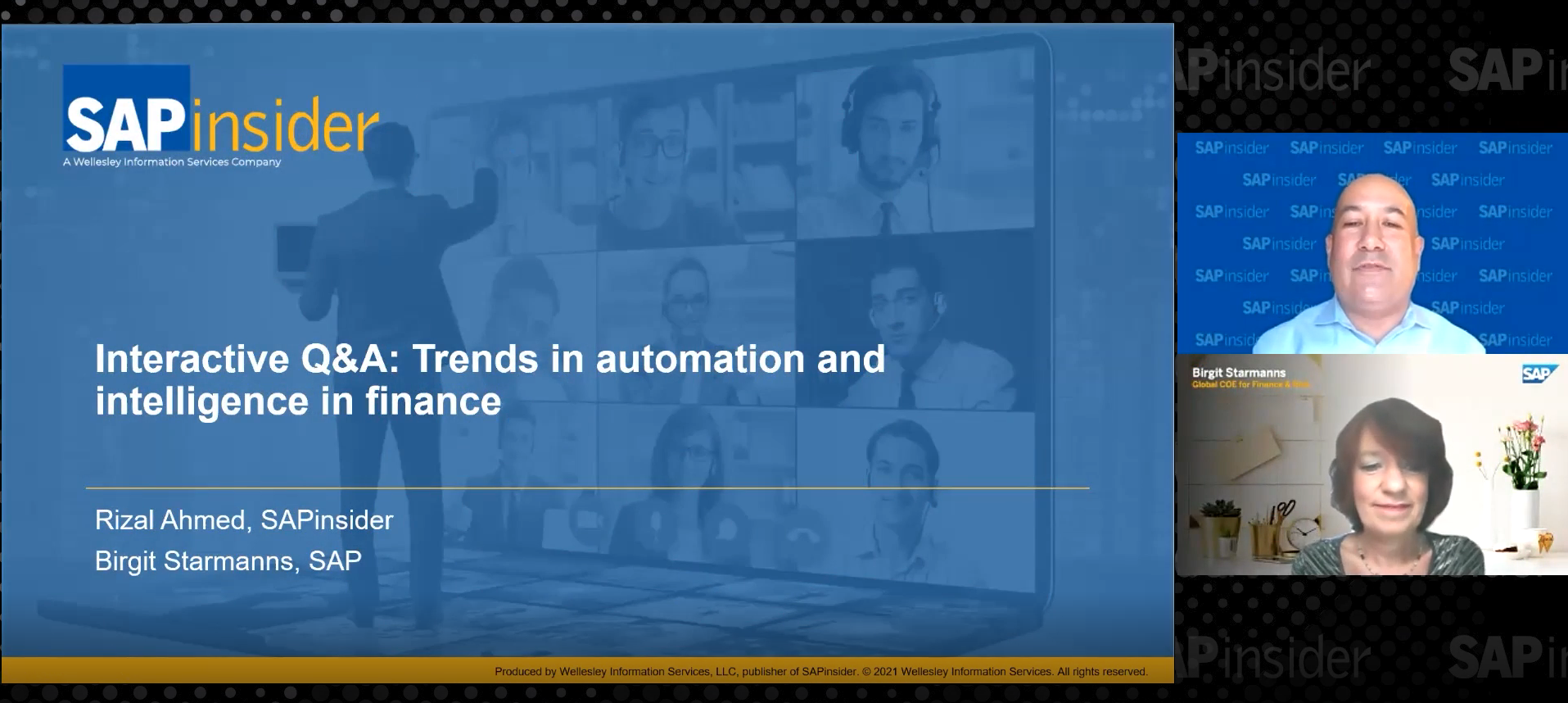Are Outdated Testing Methods Holding Up Your Software Deployments?
Automated End-to-End Testing Removes the Barrier to Innovation
While a successful digital transformation means something different for every enterprise that is racing to compete in today’s hypercompetitive environment, there are some commonalities. One is the requirement that new and innovative software be released rapidly and with minimal business risk. Enabling new, digital business processes brings about a rapid cadence of release cycles, and organizations must manage these changes effectively to ensure that they optimize the expected business benefits.
For the SAP customer, digital transformation is often synonymous with upgrading to the latest versions of SAP S/4HANA or SAP Fiori 2.0. This new generation of SAP applications allows for the transformation of a technology environment quickly, making it more agile, modular, and distributed — all important components of a true digital enterprise.
To ensure that infrastructure changes do not have far-reaching effects when introducing this innovative software, organizations rely on testing of critical business processes. On one hand, there is a business initiative to accelerate releases to compete in a digital environment. On the other hand, there is a need to ensure an acceptable level of risk. Many SAP customers are discovering that the manual testing of their SAP applications and infrastructure is slowing down their digital transformation. They also find that testing solutions built for a prior generation of SAP software are no longer useful for organizations migrating to the latest SAP infrastructure and can be a barrier to success. Manual testing methods just can’t keep pace with current DevOps and Agile software development methodologies or the complexity of the SAP environment. Multiple SAP applications and platforms, software-as-a-service (SaaS) applications with their own release cycles, and mobile deployments compound testing demands.
Limited time and resources put a strain on manual testers, who may resort to impractical methods, such as testing exhaustively or just testing at random. The resulting inconsistent testing coverage, lack of standardization, and lengthy integration cycles introduce risk to the business.
The fast-paced release of new versions, upgrades, and patches requires a new testing model — an automated continuous testing approach. Tricentis offers this type of model with its Tricentis Tosca Continuous Testing platform, which removes the barrier to software deployment speed. It can cut SAP system regression testing from weeks to minutes and provides end-to-end test coverage. A number of leading global organizations using Tricentis Tosca report 90%-plus test automation rates. This continuous quality assurance also assists with audit compliance.
How it Works
As a risk-based, scriptless, and end-to-end test automation solution, the Tricentis Tosca Continuous Testing platform helps break through conventional barriers experienced with conventional software testing methods. Tricentis Tosca assists enterprises in optimizing test cases by minimizing the number of test cases needed to achieve the highest possible risk contribution for each test case. The platform’s proven combinatorial methodology, Linear Expansion, reduces the number of test cases and optimizes risk coverage at the same time. Tricentis Tosca enables an organization to assess the aggregated risk coverage from business, technical, performance, and compliance perspectives for its automated software testing needs.
Its innovative model-based test automation (MBTA) approach maximizes the re-use and minimizes the duplication of test cases to ensure that the most efficient set of tests are executed. This releases the enterprise from the constant test case maintenance trap.
The Tricentis Continuous Testing platform enables enterprises to automate testing for multiple generations of commonly used SAP technologies and user interfaces. The most recent release, Tricentis Tosca 11.2, supports the latest versions for SAP S/4HANA, SAP Fiori 2.0, SAP SuccessFactors, SAP Ariba, SAP Hybris, SAP Fiori load testing, SAP business intelligence and data warehouse solutions, and more. The platform integrates with Agile, Kanban, and Waterfall development approaches, as well as a combination of them, as some companies employ more than one methodology depending on their various teams’ needs. Tricentis’s certified integration with SAP Solution Manager 7.2 helps enterprises create and execute test cases, exchange test data, and consolidate reporting. SAP Solution Manager is automatically synchronized with the risk-weighted requirements in Tricentis Tosca to help organizations prioritize testing according to risk and understand the true business impact of test failures.
In addition, Tricentis Accelerator Pack provides ready-to-go automated test cases for different industries and helps accelerate the test automation for SAP environments including the newest versions of SAP S/4HANA, SAP Fiori, SAP SuccessFactors, and SAP Hybris.
Modern SAP applications, powered by SAP S/4HANA and SAP Fiori 2.0, involve many highly distributed components — and a performance issue in any of them could have a ripple effect across the entire application. Tricentis Flood allows anyone involved in the quality process to start load testing from their desktop; give Flood a Tricentis Tosca functional test case or a JMeter, Gatling, or Selenium load test plan, and it will distribute it across hundreds of servers in the cloud. Tricentis handles the logistics of generating load so testers can focus on reviewing results and identifying performance issues as efficiently as possible.
For more information about Tricentis Tosca, visit www.tricentis.com.






